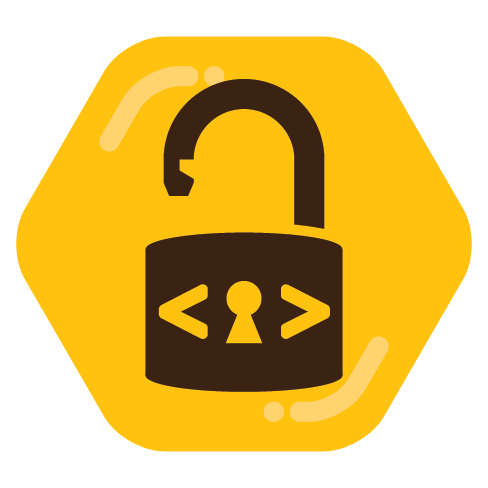

How can I trust them? At least with Arch there’s the “many eyes” principle.
<a rel="me" href="https://layer8.space/@helix">Mastodon</a>


How can I trust them? At least with Arch there’s the “many eyes” principle.


Can I also compile a list of selected packages from the repositories fresh easily? E.g. Firefox? Or do I have to download their PKGBUILD to makepkg?


glassware was usually significantly above comparable eBay listings (despite the labels sometimes claiming otherwise)
They have stickers which tell you they’re cheaper than eBay when that’s actually not the case? Isn’t that illegal?


Where’s the difference between march=native and march=x86-64 in that case?


thanks for reminding me. Didn’t activate this on my new install since I got 64G of RAM :)
systemctl --user enable psd-resync.service
I think this is not needed since psd.service has the following in it:
[Unit]
…
Wants=psd-resync.service
What does that have to do with Linux?
You can test it on https://u2f.bin.coffee/
Here’s a Github issue about NFC on phones: https://github.com/solokeys/solo1/issues/209
Seems to not work for lots of people.


Wir haben uns von unseren Familien verabschiedet
ahahahahahaha diese Cosplayer scheißen sich doch ein, sobald sie den ersten Schlagstock in die Fresse bekommen :D


Anzeige wegen vorsätzlicher gefährlicher Körperverletzung sollte da doch drin sein?
Aber die Klimakleber sind das Problem weil eventuell mal ein Krankenwagen mit einer Radfahrerin drin im Stau gestanden haben soll oder sowas.


Sadly all of our huge customers use MS Office and we have to dogfeed ourselves with the whole MS 365 suite. That’s 70€ per month per user down the holes of Microsoft execs.


Why require keycloak specifically? Maybe I want to use another authentication gateway.


Macs had TPMs before Windows PCs, IIRC.


If you forget both, you upgraded the drive to a paperweight.
That’s why I have a password manager on my phone.


Ideas what you can do. These are all SHOULD and not MUST requirements, so pick and choose what you can reasonably do in a realistic timeframe without overburdening yourself. Some of these steps can be outsourced to your community.
You can try to make a twelve factor app but some of their advice is probably not suited for your application. You will end with some 7.5factor app which is fine.
Follow SemVer and provide detailed instructions for upgrading major versions.
Use a build system which is easily installable and a language where you don’t have to upgrade dependencies every second for security issues (looking at you, npm/nodejs).
Don’t include a webserver which does HTTPS, let the people run their own reverse proxy.
Test your setup with and provide multiple web server configs for nginx, Apache2, Caddy, Traefik.
Test your setup with and provide multiple default configs for bare metal (with a dependency manager), Docker, Podman, Kubernetes, Kata Containers.
If you need a DB, include the possibility to migrate from a self contained one instance SQLite to a multi container pgsql/MySQL setup.
Write database migrations in both directions so people can downgrade on failures.
Make it possible to configure your system via ENV variables, ENV files and config files. Provide instructions on best practices and sane defaults. Explain these defaults and make clear configuration is optional.
Make it possible to disable authentication to add Authelia or LDAP through the webserver. Make clear that this is only to be used for external authentication.
Make it possible to run multiple parallel instances of your software without affecting the database consistency, e.g. for high availability or horizontal scaling.
Provide a versioned, documented API (does not need to be public) and use it yourself for your frontend. Provide a telemetry endpoint which is human readable and machine readable, so Prometheus or a similar system can scrape it.
it’s podman-compose instead of podman compose
Don’t use it, it’s not a full replacement. The script is barely maintained and not really “official”.
I think before switching from Docker to Podman you should first get proficient in Docker, because Podman is not for beginners (yet).


It’s FOSS.


Would have been my suggestion as well.


If it wasn’t written in bash… 😢


I would make Debian and Arch be deterministic like NixOS, but with a different language and less overhead. I really like the principle but the implementation is subpar.


I’d love to have a vscodium alternative written in a faster and more efficient language. Most editors and IDEs don’t quite fit my workflow, while vscodium does.
never heard of them. I need to research a bit more until I activate what is basically another “dangerous” non-maintainer repository. Thank you a lot for your links and explanations!